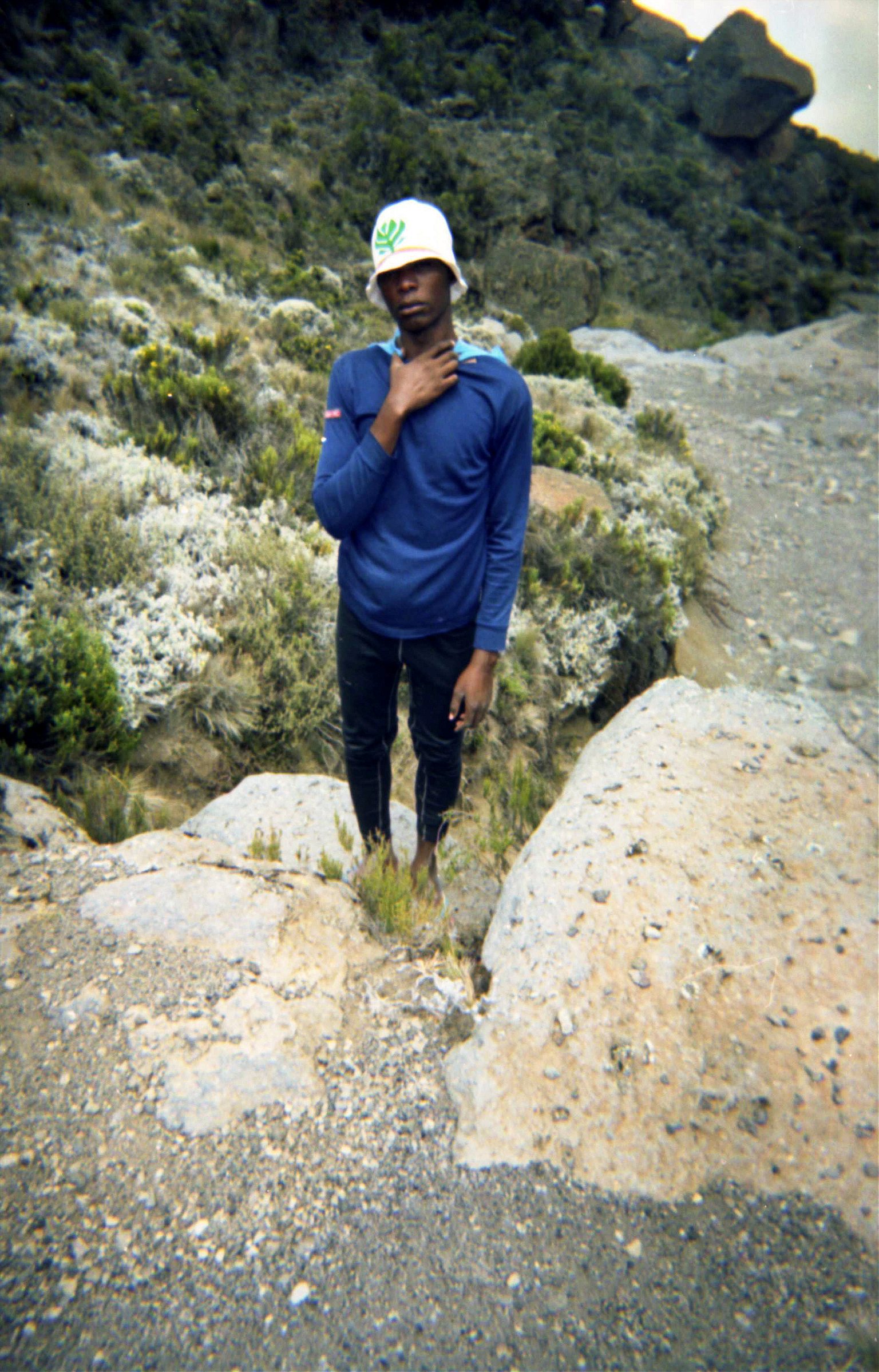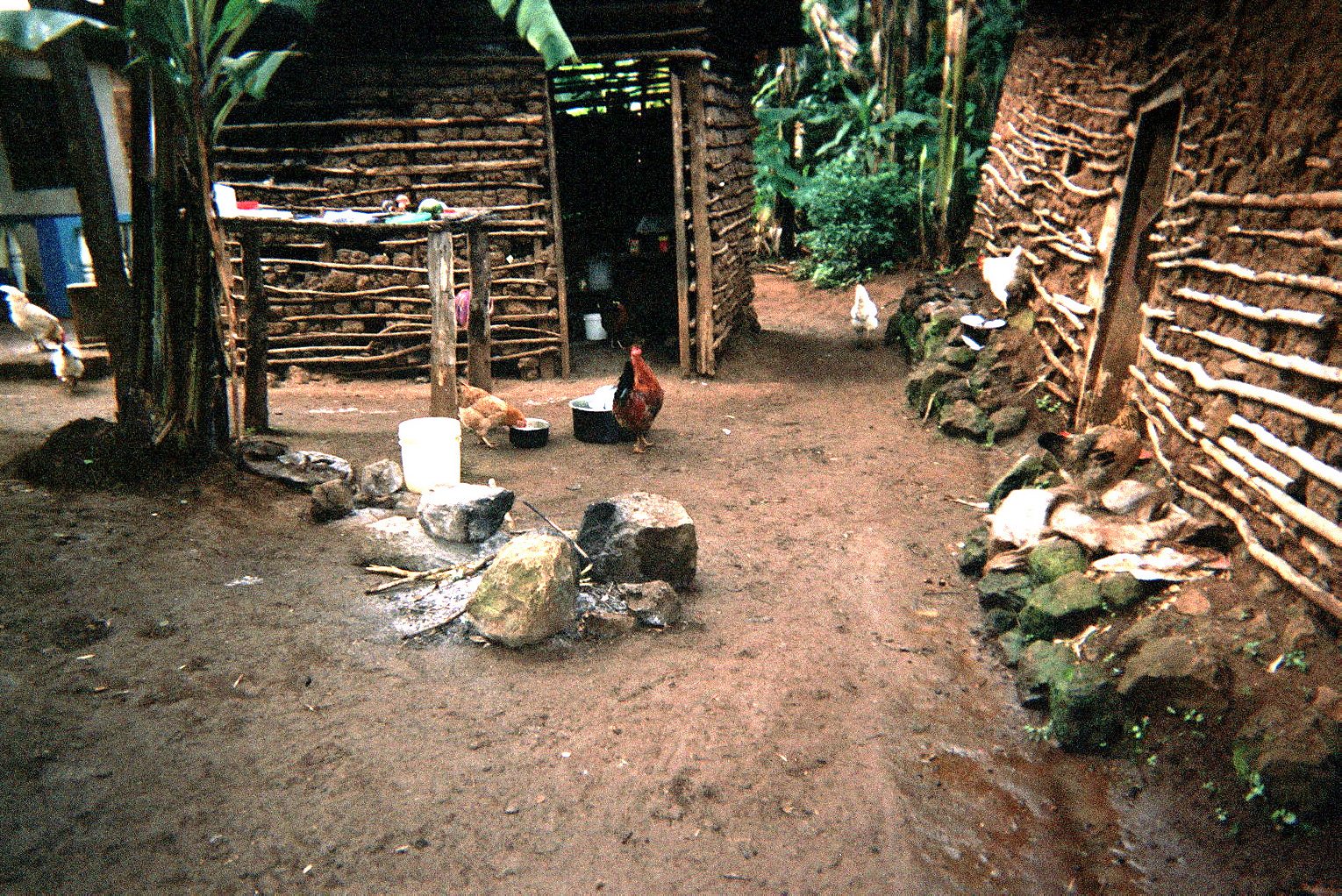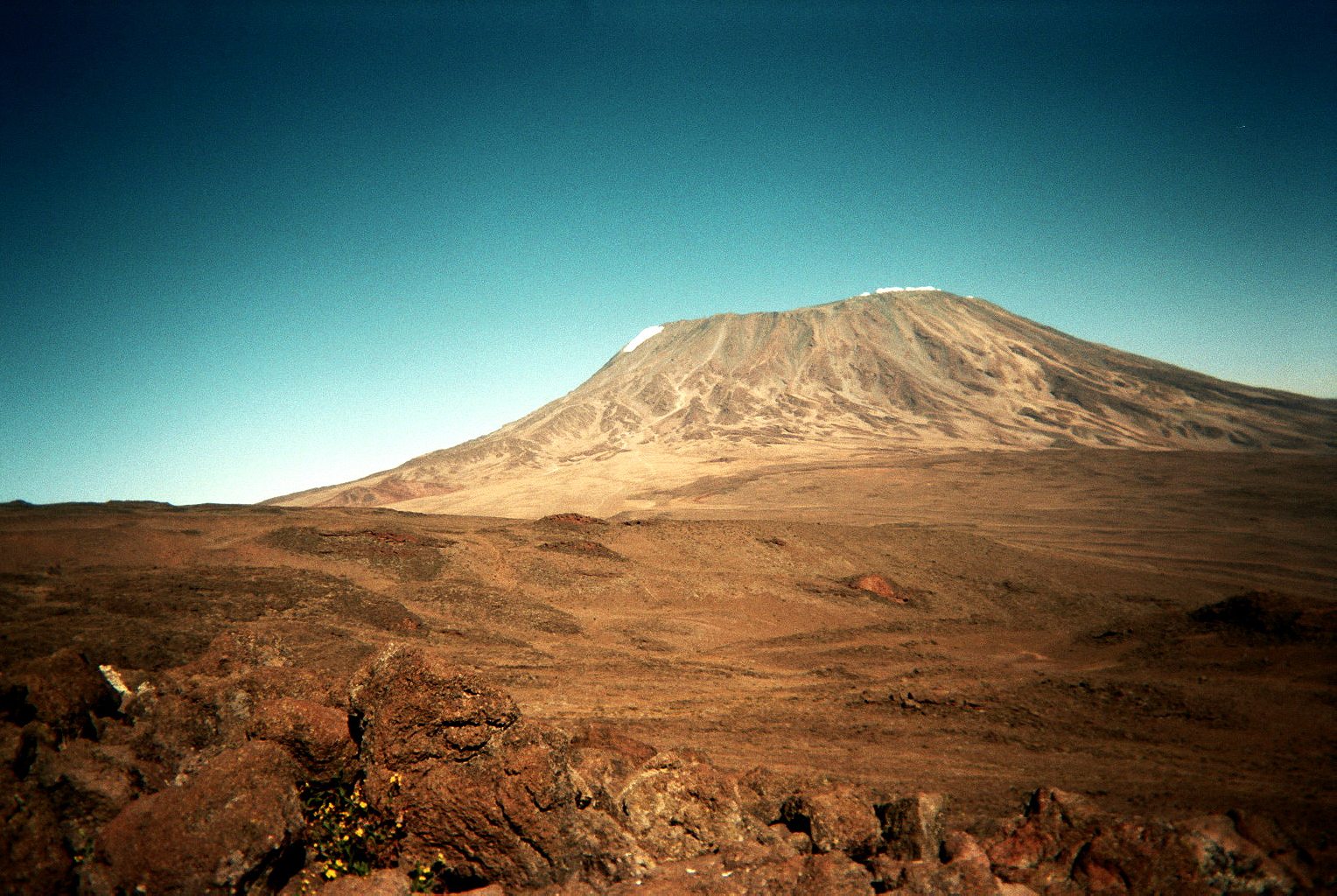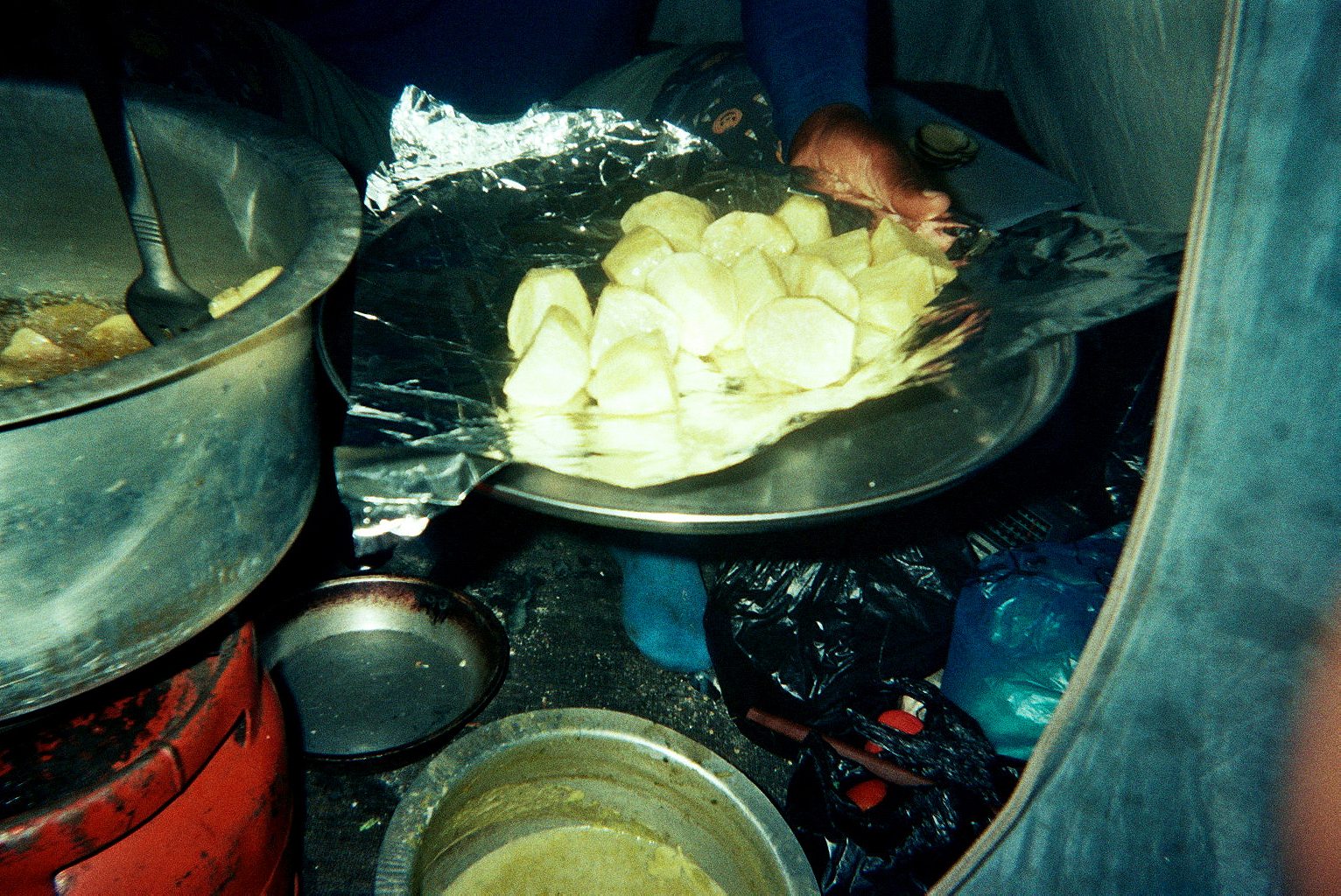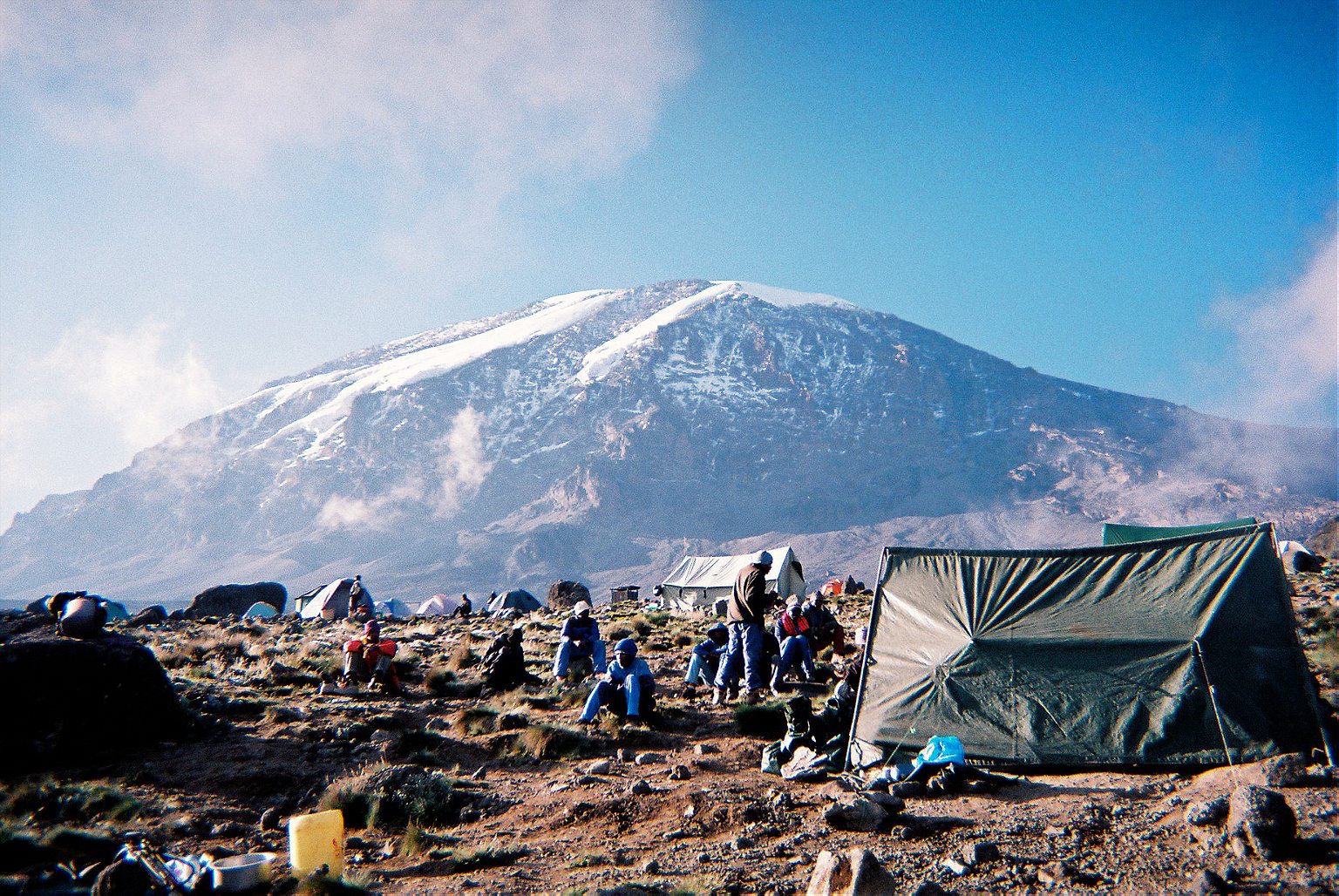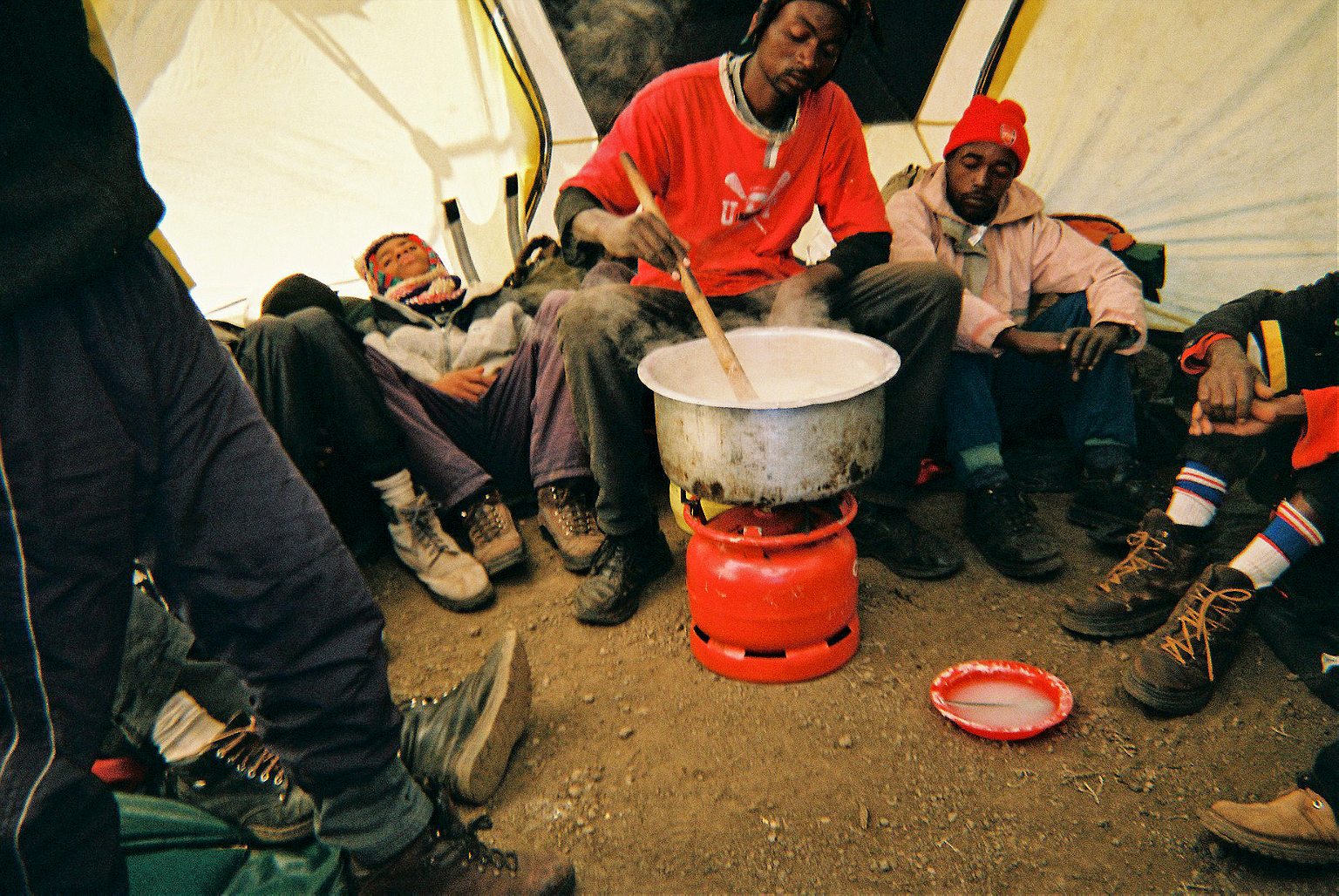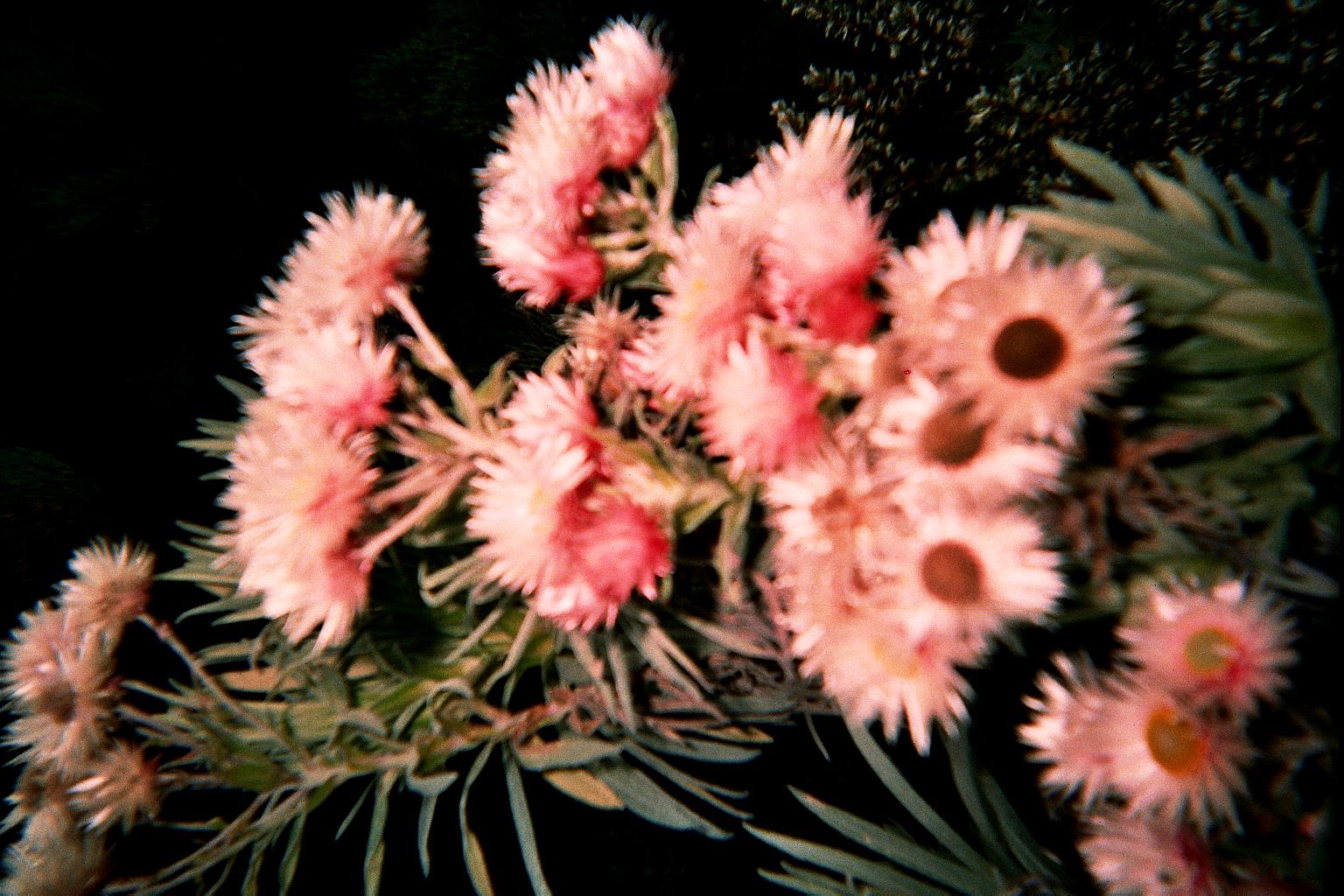The hard lot of working Africa’s greatest mountain, as seen through the cameras of the porters themselves
All photos from Cameras of Kilimanjaro, images taken by the porters themselves, on disposable cameras.
Whatever people say about trudging uphill for five days, going down is worse, and descending 5985m from the top of the highest mountain in Africa is painful, as I learned on Kilimanjaro last month. For all those who come down the mountain, knees jar on rocks, legs tremble continuously. It’s the kind of crucible that could give rise to self-pity among the legion of western tourists and adventurers who hike the mountain.
But then, you look at the porters.
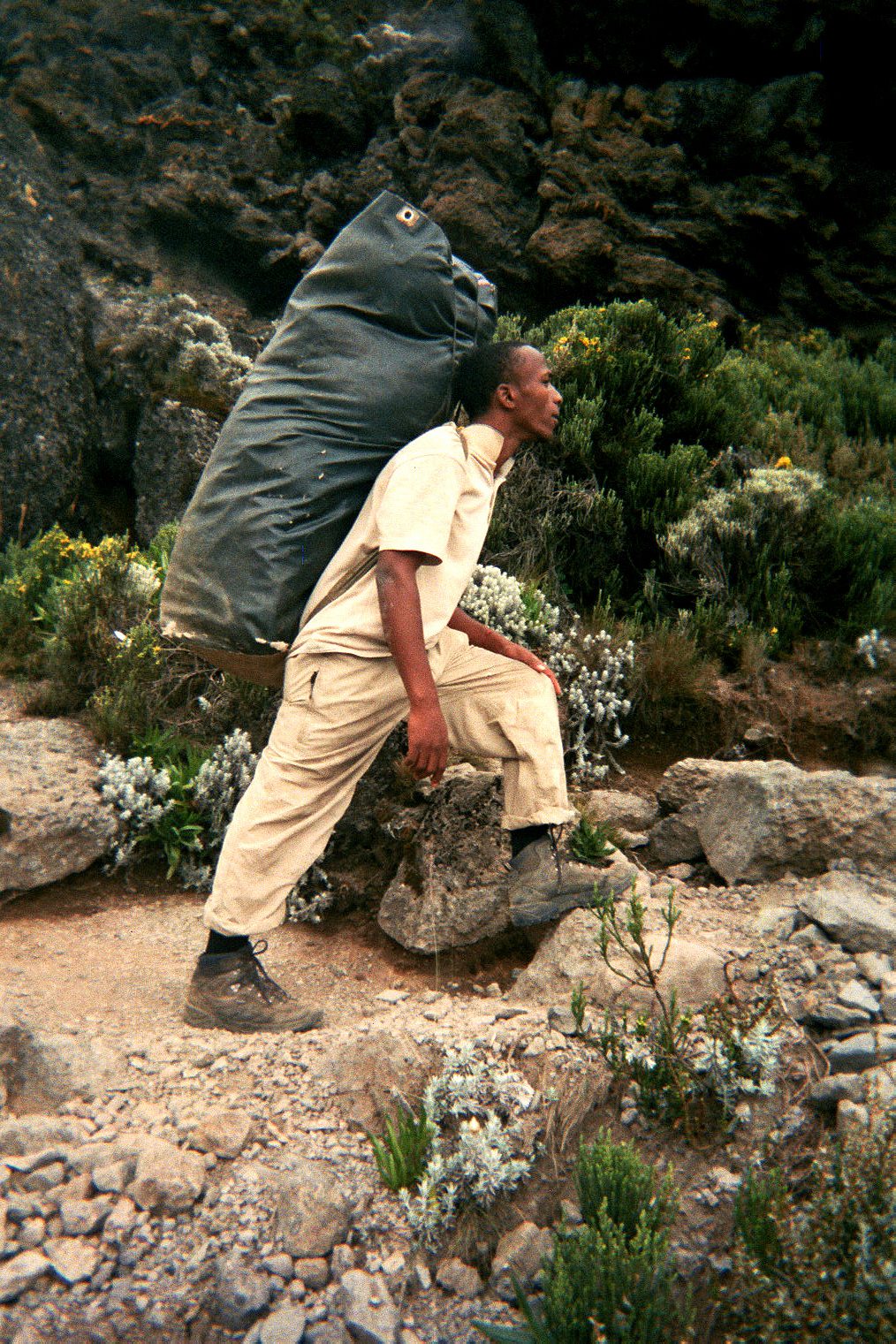
Their lot: six days of carrying 20kg or more balanced on their heads. Walking the same flinty paths as us, but with our rucksacks, picnic tables, tents, chemical toilets, padded sleeping mats and a week’s worth of food on their backs, heads and necks. Water drums and other necessities are tied on to them with scraps of string. These porters leave camp after you do but magically materialise at the next camp long before you, having set up your tent and their tents, gotten started on dinner, and made you a cup of tea and a bowl of popcorn.
On the next day’s trek, you stare fixedly on the ground ahead of you, taking it pole pole (Swahili for slowly slowly), porters’ feet overtake you. Some have sturdy walking boots, some wear trainers; others wear ill-fitting shiny black shoes, maybe worn to the office a decade ago. Many do not have socks. Second-hand baggy t-shirts and fleeces are all some have to shield them from the temperatures that can drop to -30C on the summit.
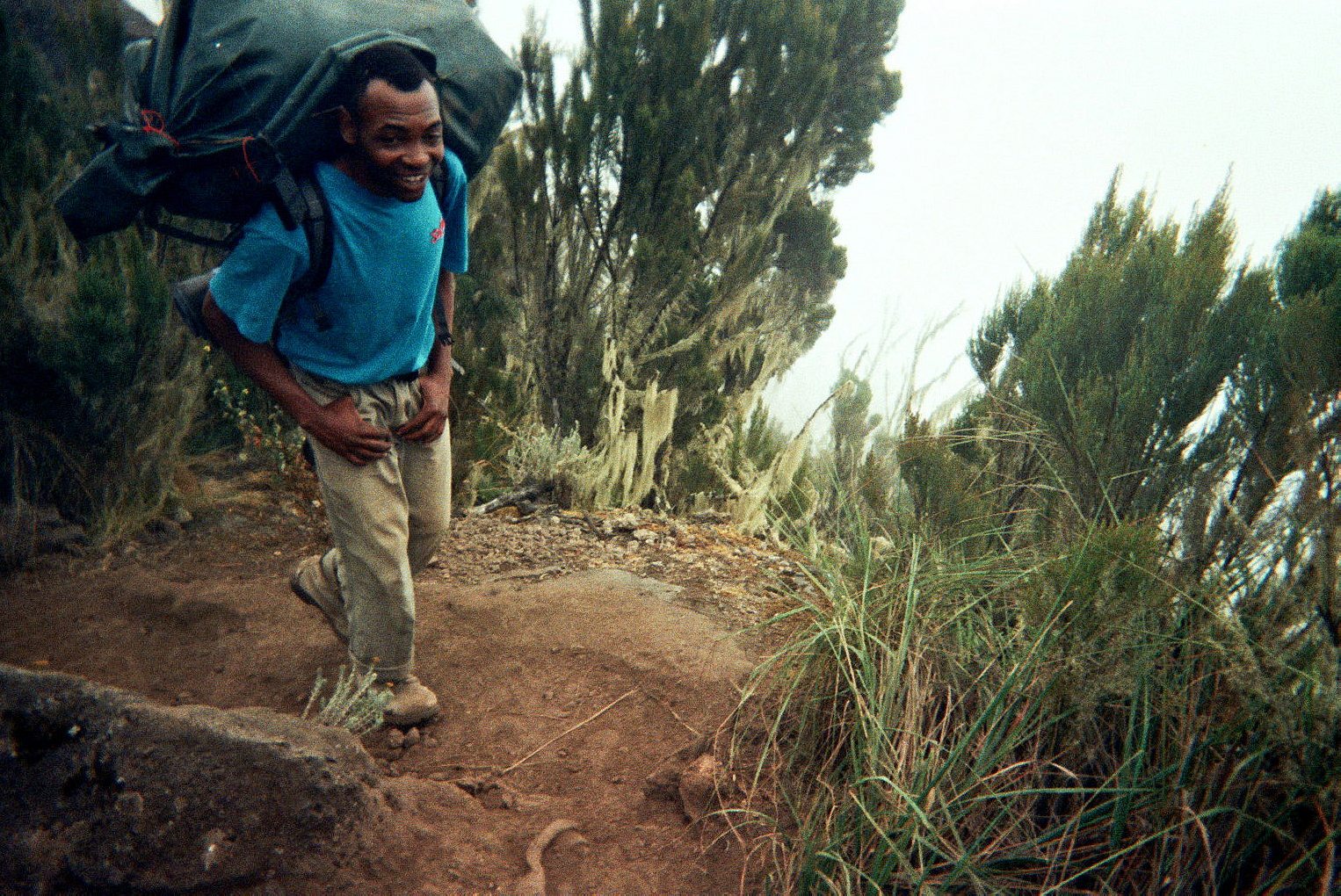
Still, the work is coveted, which drives competition among would-be porters, which drives down wages and increases the chances that porters will sign on for too little money, or with too little gear.
The real engine behind that downward spiral, though, is the bargain-hunter, the western trekker looking for the cheapest deal possible. Don’t be that person. Go with a reputable company (the International Mountain Explorers Connection registry is a good place to start). Pay a good tip at the end. Standard tip-smarts apply: be wary of giving it all to the guide, give to each porter individually. And because several porters die on the mountain every year of hypothermia due to not having enough warm clothing, give whatever fleeces, socks or gloves you have spare.
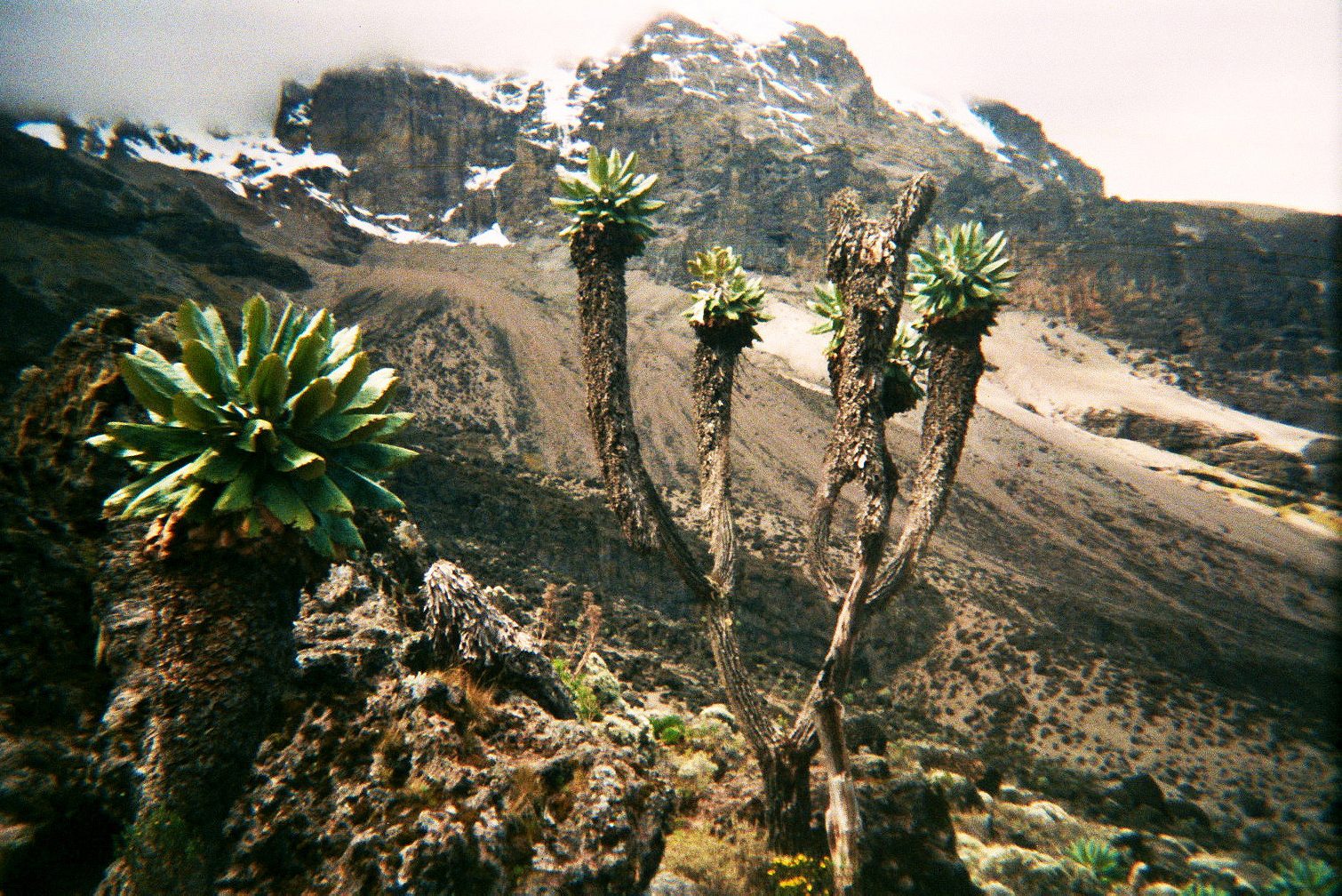
If you’re not trekking, well, you should. Kilimanjaro is breath-taking. But until then, you can buy Cameras of Kilimanjaro, a book of these and other photos taken by the porters themselves on disposable cameras and put together by Helen Osler. It’s a remarkable collection, and all the proceeds benefit the Kilimanjaro Porters Assistance Project, which focuses on improving the working conditions of the porters of Kilimanjaro, both by raising awareness and by lending equipment and clothing. Do it now, climb the mountain later. Kilimanjaro will wait for you.
